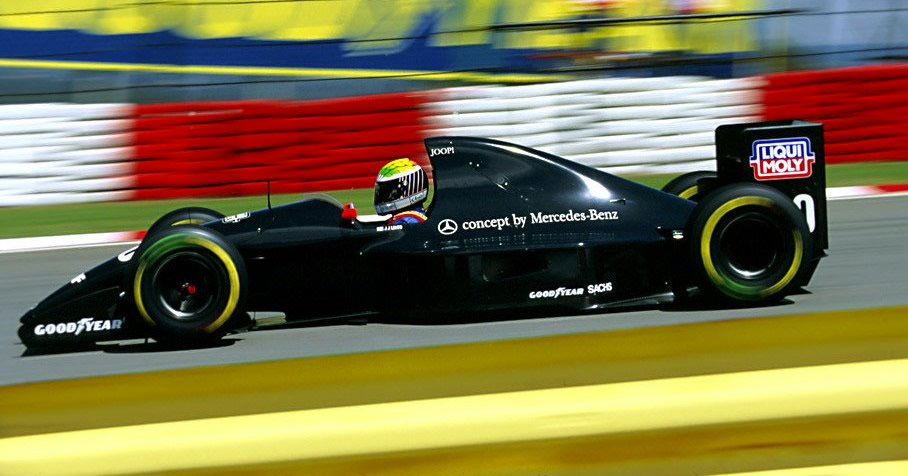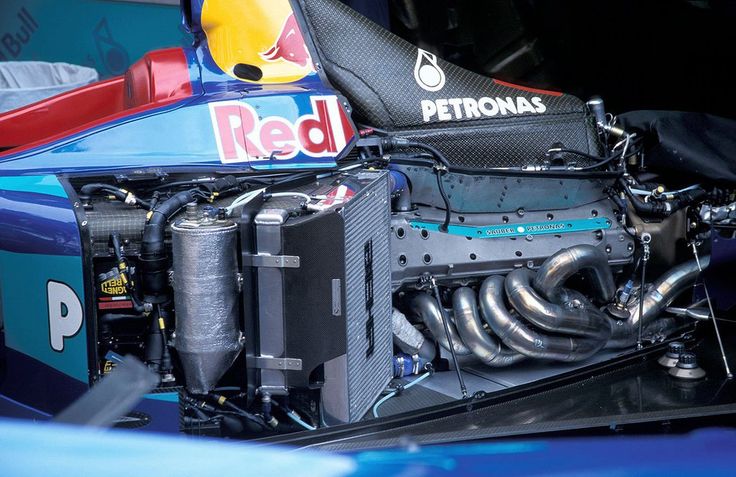CARBON FIBRE
ASIDE FROM BEING A STRONG AND DURABLE MATERIAL, CARBON FIBRE IS ALSO INCREDIBLY LIGHT WEIGHT.
Primarily used in the aerospace industry, it was later introduced into the Formula One™ arena by McLaren in the 1980s for the building of their chassis. A material offering stiffness and strength at low density– while lighter than aluminium and steel, it can provide up to x10 times more rigidity, and strength.
The primary benefit of carbon fibre products is in their strength-weight ratio. To weigh two physically identical components made of steel and carbon fibre, the carbon fibre part could typically be 70% lighter. When utilised, this saving makes a vehicle substantially lighter. Less physical weight to be pulled by the engine allows for greater engine efficiency, lower rpm, and less fuel consumption.
AEROSPACE TECHNOLOGY FOR THE TRACK
 PEDIGREE
PEDIGREE HIGHLIGHTS
HIGHLIGHTS TIMELINE
TIMELINE LEGACY
LEGACY LEGENDS
LEGENDS THE NAME
THE NAME Phase PA – F1™
Phase PA – F1™ Phase CS – LE MANS
Phase CS – LE MANS Phase OR – Hypercar
Phase OR – Hypercar INCONEL
INCONEL CARBON FIBRE
CARBON FIBRE STAINLESS STEEL
STAINLESS STEEL TITANIUM
TITANIUM ALUMINIUM
ALUMINIUM THERMAL BARRIERS
THERMAL BARRIERS PRESS
PRESS CONTACTS
CONTACTS PHILOSOPHY
PHILOSOPHY

